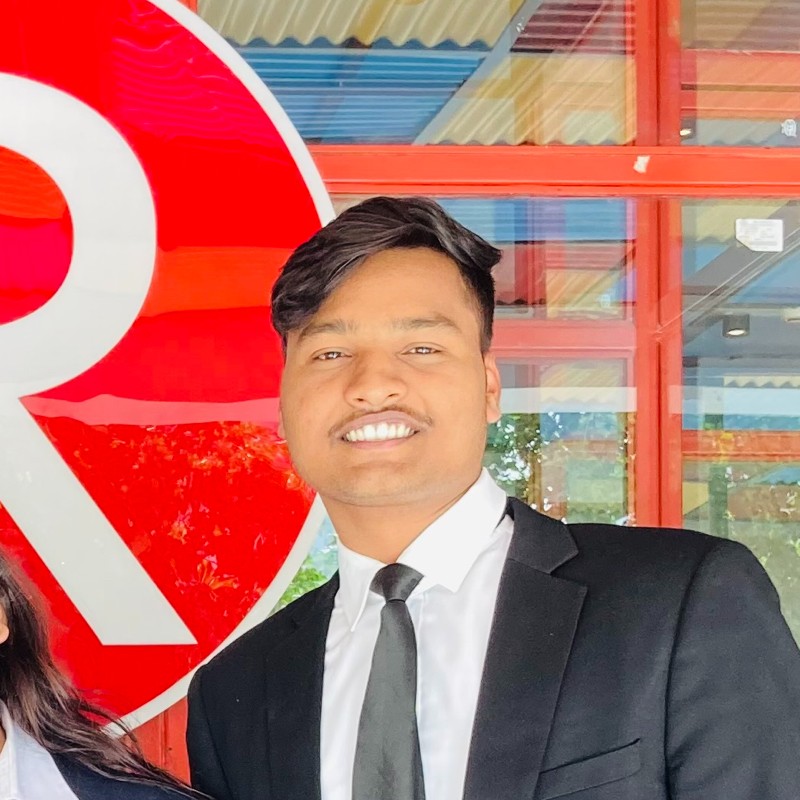
Introduction:
In the world of intellectual property, trademarks hold immense value for businesses, representing the reputation and distinctiveness of their products or services. To safeguard these rights, the Trademarks Act, 1999 provides a robust legal framework. Section 29 of the Act assumes particular significance when it comes to product disparagement, protecting trademark owners against false or misleading statements that harm their brand’s reputation. This article delves into the complexities of Section 29 and explores its application in the recent case between Dabur India Limited and Dhruv Rathee, shedding light on the evolving legal landscape surrounding product disparagement.
Understanding Section 29: Safeguarding Trademark Rights
Trademark owners are protected by Section 29 of the Trademarks Act, which forbids the illegal use of their marks that can lead to consumer misunderstanding or deceit. It exemplifies the essential idea of safeguarding a trademark’s uniqueness and goodwill. This clause is extremely important in situations involving product criticism, since inaccurate or deceptive claims can damage a brand’s reputation and competitiveness.
Product Disparagement: The Impact of False Remarks
When statements about a good or service are made that are misleading or deceptive in order to devalue them or their qualities, this is known as product disparagement. A complaint of disparagement must meet a number of criteria, according to the precedent-setting case of Hindustan Unilever Limited v. Gujarat Co-operative Milk Marketing Federation. The court stressed three crucial factors in this case: the provision of misleading or erroneous information, the existence of malice, and the particular harm brought upon the plaintiff as a consequence of it.
The Dhruv Rathee Case: Dissecting the Allegations
Dabur India Limited, filed a lawsuit in 2019 against a well-known social media influencer, Dhruv Rathee, accusing disparagement concerning its product, Dabur Real Juice The crux of Dabur’s claim was that Rathee’s statements were false, misleading, and intended to harm their brand’s reputation. In this case, the conflict arose when Dabur accused Dhruv Rathee’s video of unfairly comparing carbonated drinks to packaged fruit beverages, allegedly disparaging all packaged drinking fruit juices, including Dabur’s well-known brand, Real fruit juices. Dabur argued that the video created confusion among consumers by blurring Real logos and incorporating promotional clips, thereby exploiting the reputation of the Real brand.
Rathee, on the opposite side, justified the video by saying that his claims were supported by research that was openly accessible and that they were made with the intention of educating and informing the general public.
The Court’s Analysis: Juggling the Protection of Trademarks with the Right to Free Expression
The Dabur India Limited vs Dhruv Rathee was dismissed by the court after hearing submissions from both sides. Rathee made valid factual claims that served the public interest, according to the court. Recognizing the significance of Article 19(1)’s freedom of expression
The court found a balance between the protection of trademark rights and the requirement to promote knowledgeable discussions and learning resources, taking into account the significance of freedom of expression as guaranteed by Article 19(1)(a) of the Constitution.
Analyzing Section 29(9): Intent and Responsibility in Product Disparagement
The Trademarks Act’s Section 29(9) was a key factor in the court’s finding. Examining whether the court correctly used this rule is crucial, nevertheless. Acts that violate trademark rights by verbal or visual depiction are covered under Section 29(9).
Unlike product disparagement cases, intent is not a prerequisite for establishing responsibility under Section 29(9). This raises questions about the court’s interpretation and the relevance of intent in determining liability for product disparagement.
Finding Clarity: Balancing Trademark Protection and Freedom of Speech
The Dhruv Rathee case underscores the delicate balance between protecting trademark rights and preserving freedom of expression. While incorrect or deceptive comments regarding trademarks should not be promoted, it is essential to make sure that claims about goods or services are supported by evidence. Finding the ideal balance requires that one gives considerable thought to the claims’ objectives, the effect they will have on the reputation of the company, and the general welfare of the public. Hon’ble Justice Ravi Krishan Kapur balanced the manufacturer’s right to safeguard its reputation with the consumer’s access to information when he announced the ruling. The court acknowledged the constraints imposed by Article 19(2) while simultaneously recognizing the freedom of expression guaranteed by Article 19(1)(a).
Consequently, the court prohibited Dhruv Rathee’s unauthorized use of the packaging, label, and logo of the Real product, as it infringed upon Dabur’s rights under Section 29(9) of the Trade Marks Act, 1999, and the Copyright Act, 1957. The Calcutta High Court later issued a ruling for the total takedown of the video from YouTube after Rathee was required to delete some objectionable sections of the video.
Conclusion: Navigating the Legal Landscape of Product Disparagement
As businesses navigate the evolving digital landscape, the protection of trademark rights and freedom of expression become increasingly intertwined. Section 29 of the Trademarks Act serves as a crucial tool to safeguard trademarks from false or misleading statements. However, its application in product disparagement cases requires a nuanced understanding, distinguishing between intentional falsehoods and genuine expressions of opinion or information. By striking a fair balance, we can uphold the integrity of trademarks while fostering open dialogue and informed discussions.
In conclusion, the Dhruv Rathee case catalyzes reevaluating the application of Section 29 and the evolving legal standards surrounding product disparagement. We can establish a legal framework that encourages both owners of trademarks as well as content creators in the age of technology by assuring quality, impartiality, and adherence to freedom of speech.

Vanshika Batra
Author
University: UILS, Chandigarh University
Course: BBA LL.B, 4th year, 7th Semester

Satyam
Author
University: UILS, Chandigarh University
Course: BBA LL.B, 4th year, 7th Semester
Leave a Reply